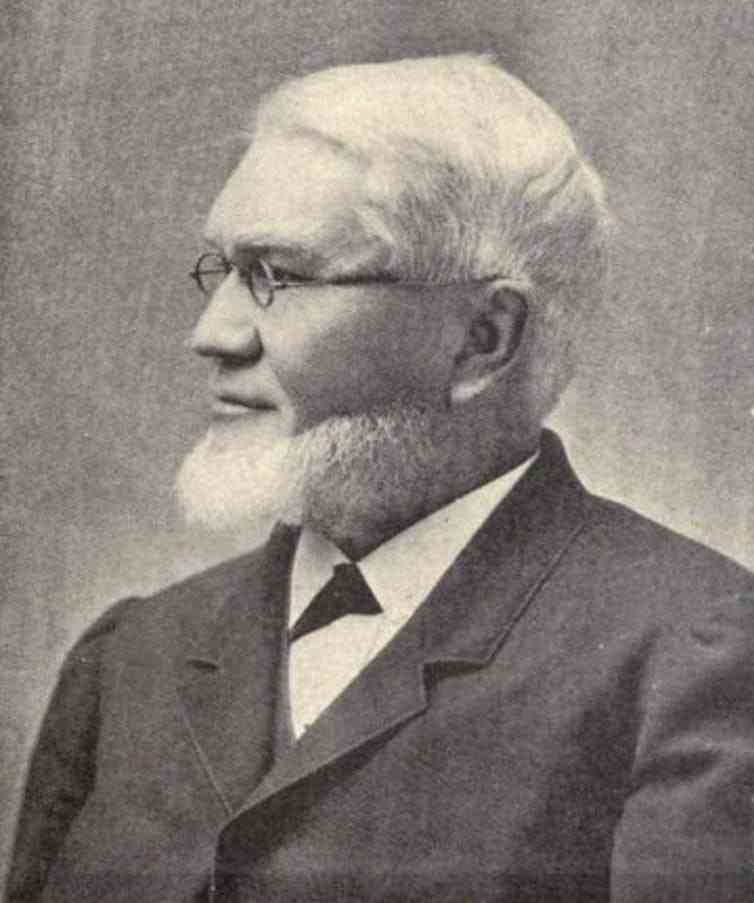On the evening of September 5, 1883, people in Honolulu witnessed a spectacular sunset followed by a period of extended twilight described ...

On the evening of September 5, 1883, people in Honolulu witnessed a spectacular sunset followed by a period of extended twilight described as a “singular lurid after sunset glow”. There were no signs of anything else out of the ordinary, but these exceptional twilight glows returned each morning and evening over the following weeks.
Among the mystified Honolulu citizens was 56-year-old Sereno Edwards Bishop, who in his varied career in Hawaii had been a chaplain, school principal and surveyor, and who had a keen interest in science. Over the subsequent weeks and months, the exceptional twilight glows occurred around the whole globe. Remarkably, as scientists first grappled with understanding the origin of the twilight glows, Bishop’s efforts would lead to the first convincing explanation.

His discoveries led to scientific investigations of the winds high above the ground and ultimately yielded information that today is used to forecast weather over extended periods.
I am a meteorologist in Hawaii who helped revive appreciation of Bishop’s seminal contribution to the scientific exploration of the upper atmosphere.
Volcanic eruption
Today we know that the 1883 glows were caused by the sun below the visible horizon illuminating a mist of small liquid droplets in the atmosphere high above the ground.
The mist was made of sulfuric acid droplets that were formed by reactions of the massive...



